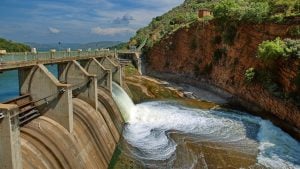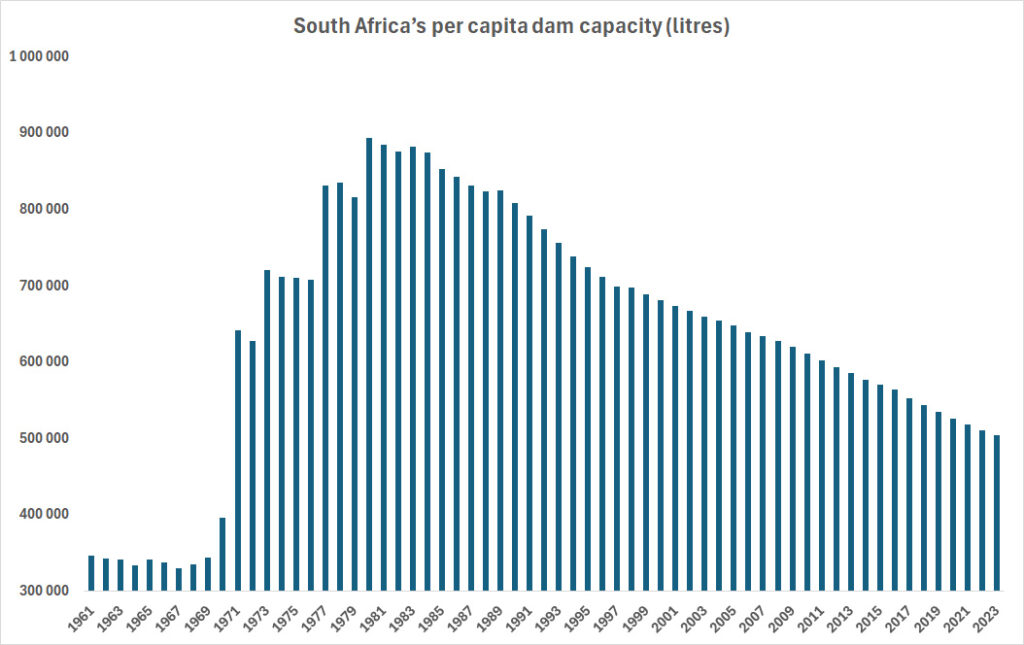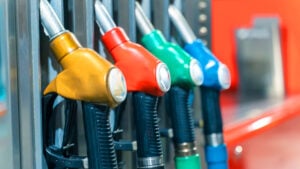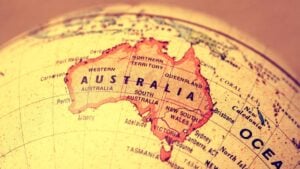South Africa’s dam capacity per person plummeted by 44%

South Africa’s per capita dam capacity increased dramatically from 1961 to 1980, after which it steadily declined to levels last seen in 1970.
Per capita dam capacity, also known as dam capacity per person, measures the total water storage capacity of a country’s dams divided by its population.
It shows the amount of water available for things such as agriculture, hydropower, and municipal water supply, on a per-person basis.
South Africa invested heavily in water infrastructure, including the construction of additional mega dams, between 1960 and 1980.
In 1970, the government built the Bloemhof dam with a capacity of 1.2 million megalitres, followed by the 5.3 million megalitres Gariep dam a year later.
In 1973, the 2.3 million megalitres Pongolapoort dam was completed, followed by the 3.2 million megalitres Vanderkloof dam in 1977 and the 2.6 million megalitres Sterkfontein dam in 1980.
Since 1980, the government has built only seven major dams, and none of them have had a capacity exceeding 400,000 megalitres.
The slowdown in dam construction is clearly seen in an analysis of major projects since the dawn of democracy in 1994.
Between 1964 and 1994, the government constructed 14 new dams that can store over 200 million cubic meters of water. Between 1994 and 2024, it only built two.
Between 1964 and 1994, South Africa increased its water supply capacity by 30 billion cubic metres.
Between 1994 and 2024, South Africa added only 1.9 billion cubic metres of water capacity to its supply.
The lack of new dams, accompanied by limited investment in general water infrastructure, is a serious concern.
In 2023, Former Water and Sanitation Minister, Senzo Mchunu, called for urgent partnership to build new infrastructure and upgrade existing dams to meet growing water demand.
In December 2024, Water and Sanitation Minister Pemmy Majodina unveiled plans to address water scarcity through multiple dam construction projects across South Africa.
President Cyril Ramaphosa gave positive news about new dam construction projects during his 2025 State of the Nation Address.
“We have ended delays in major water infrastructure projects like Phase 2 of the Lesotho Highlands Water Project and the uMkhomazi Dam,” he said.
“Work is underway to prepare for the construction of the Ntabelanga Dam on the uMzimvubu River to supply additional water for domestic use and for irrigation in the Eastern Cape.”
South Africa’s declining per capita dam capacity
Over the last 45 years, South Africa’s per capita dam capacity declined by 44%, from 893,987 litres to 503,901 litres.
The capacity was relatively stable in the sixties, when only one dam with a capacity of 212,204 million megalitres was built.
In the 1970s, South Africa’s dam capacity per person increased rapidly due to the construction of numerous mega dams.
Although the government built many new dams in the eighties, most of them had capacities of between 200,000 and 400,000 million megalitres.
Since 1980, South Africa’s dam capacity has not kept pace with population growth. This means that the country’s per capita dam capacity declined.
The dam capacity per person decline continued until the present day, as shown in the chart below.





















